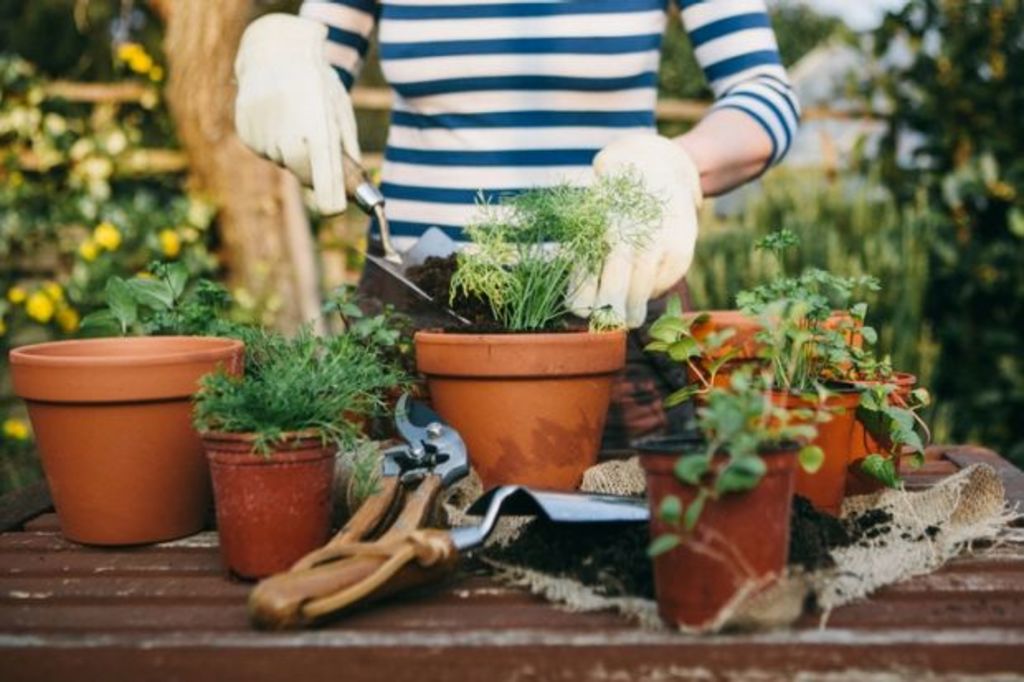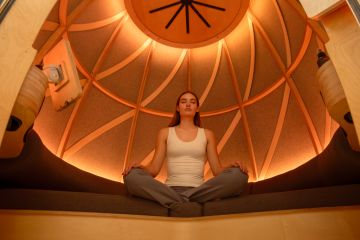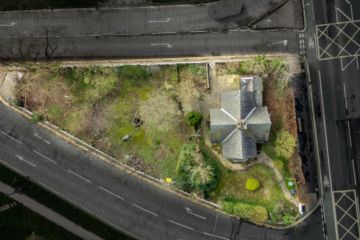Eight ways to make your home more sustainable today

Making your home more sustainable doesn’t have to mean cutting off the electricity and pursuing a life of dumpster diving.
Nearly every Australian home (my own included) presents numerous ways to minimise residents’ environmental impact, many of which can be achieved in just one day.
1. Become a master recycler
An astonishing amount of recyclable products are sent to landfill each year simply due to a lack of effort from consumers.
Along with decreasing the waste sent to landfill, recycling saves natural resources such as rare metals, oil and water that are required to make new items from scratch, saves energy and reduces greenhouse gases entering the atmosphere.
Waste management company Suez says only 30.3 per cent of steel cans and 67.4 per cent of aluminium cans were recycled in 2010, despite 93 per cent of Australians having access to kerbside recycling services that accept steel packaging. This equates to enough steel to make 40,000 fridges being sent to landfill every year.
Although Australia’s recycling efforts have increased significantly in recent decades, there’s still a long way to go. Many consumers simply don’t realise what products are recyclable – a problem that can be overcome in a matter of minutes.
If you’re not sure what products or materials are recyclable, (many people believe takeaway coffee cups aren’t recyclable when they usually are, and think paper towels are recyclable, when they’re usually not) be sure to spend 10 minutes reading up on the plastics identification code and this fact sheet.
Not every council recycles the same materials, so you may need to check what’s available in your area. A simple tweet to your local council’s Twitter page should suffice:
2. Stop flushing wet wipes
A major problem currently exists regarding the suitability of wet wipes to be flushed down the toilet.
Unfortunately, a huge oversight in packaging laws means companies can advertise their wet wipes as being ‘flushable’ simply because they will disappear when flushed, without taking into account the long-term repercussions of the product on plumbing systems.
In February, a one-tonne cluster of wet wipes blew out a pumping station near Lake Macquarie, requiring specialised equipment to remove the blockage. 300 kilograms of that had to removed by hand, one bucket at a time. And that’s at just one council.
In short, wet wipes should not be flushed under any circumstances. If you must use, put it in the bin.
Wet wipes may say they’re flushable but they’re not.
 Photo: Sydney Water
Photo: Sydney Water
3. Switch banks
Unknown to many, your environmental and social impact is largely dependent to your choice of bank, as many banks invest in questionable environmental practices such as fossil fuel projects.
Organisation Market Forces seeks to expose institutions financing environmentally destructive projects and help Australians hold these institutions accountable.
4. Switch energy providers
Similarly, your choice of energy provider plays a major role in what industries receive funding.
The Green Electricity Guide produced by The Total Environment Centre and Greenpeace Australia Pacific outlines information for consumers and assists advocacy efforts to create a greener, more sustainable energy system.
According to the guide, some practices to be wary of when choosing an energy provider include companies that don’t offer GreenPower, those who invest in coal power stations, and those who charge solar power customers more than non-solar ones.
Unlike mobile phone and internet contracts, where customers are restricted for a 12 or 24-month period, some electricity providers don’t have “lock in” contracts or exit fees, meaning you can easily change companies in just one phone call.

Photo: Stocksy, Agencia
5. Start composting
Organic material sent to landfill undergoes anaerobic decomposition, generating the potent greenhouse gas, methane.
According to Suez, about two-thirds of all waste sent to landfill consists of food organics, making this the second largest source of methane in Australian landfills.
A simple solution to this problem is to establish a composting system, which can be tailored to suit any home. It’s often as easy as purchasing a large plastic container, poking some holes in the base for drainage, and placing in a cool spot (inside or outside) with plenty of light.
You can find out how to set up a compost bin here.
Once you’re bin is full and the contents have decomposed, you can use the soil for gardening or if you don’t have a garden, pass it on to someone who does.
 Photo: Stocksy, kkgas
Photo: Stocksy, kkgas
6. Stop buying one-use items
Many households are host to single-use items that can easily be replaced with a more long-term solution.
Ditch plastic water bottles, buy a reusable cup for takeaway coffee, use loose-leaf tea instead of tea bags, refuse plastic bags, and swap paper napkins for cloth.
7. Dispose of e-waste correctly
Australia’s rapidly change technological landscape means “e-waste” such as disposed computer, television and mobile phone products is increasing.
According to recycling program Mobile Muster, computer and television waste is growing three times faster than any other type of waste.
While education around mobile phone recycling has seen the number of these sent to landfill reduced, many are estimated to be remaining in homes unused. Mobile Muster’s Mobile Recycling and Reuse in Australia 2015 report shows told 60 per cent of old mobile phones are kept by consumers, even if these handsets no longer work.
To find out where to recycle your electronic goods (these can’t be placed in your kerbside bin), visit Recycling Near You.
8. Watch this TED talk
If you’ve already mastered the above points, try taking it up a notch with a “zero waste lifestyle”.
New Yorker Lauren Singer is one of the movement’s advocates, promoting a lifestyle that’s completely rubbish free. That means no food scraps, no receipts, no produce bags, no toothpaste packaging – nothing.
Singer talks about her lifestyle in this TEDxTeen talk, ‘Why I live a zero waste life.’
We recommend
States
Capital Cities
Capital Cities - Rentals
Popular Areas
Allhomes
More
- © 2025, CoStar Group Inc.







